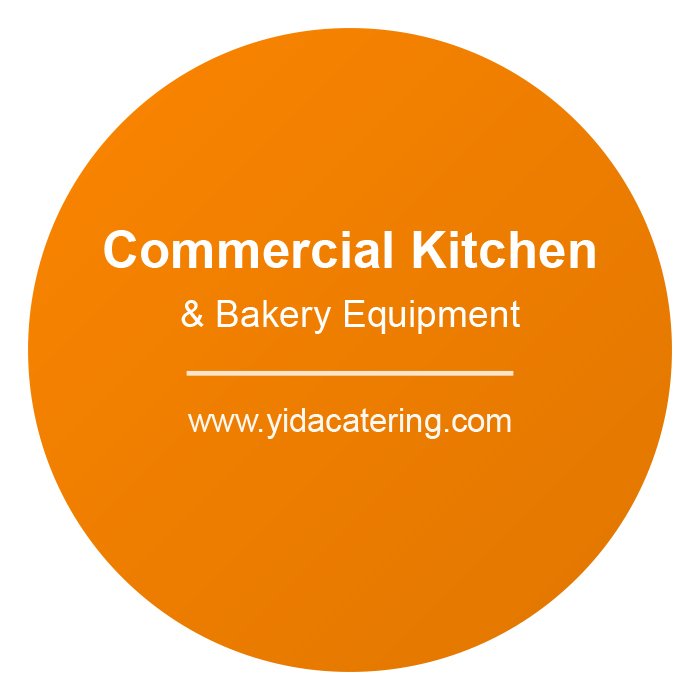In the fast-paced world of food service, efficiency and organization are paramount. Whether you operate a bustling sandwich shop, a high-volume deli, or a gourmet salad bar, having the right equipment is essential to streamline your operations and maintain food quality. One indispensable piece of equipment in any commercial kitchen is the sandwich and salad prep table. These units are specifically designed to enhance workflow, ensure proper food storage, and meet the demands of a busy kitchen.
What Are Sandwich and Salad Prep Tables?
Sandwich and salad prep tables are specialized refrigeration units that combine storage, preparation, and cooling functions into one piece of equipment. They typically feature a refrigerated base for storing ingredients, a countertop workspace for food assembly, and a set of ingredient pans or bins for easy access to commonly used items such as vegetables, meats, cheeses, and dressings. These tables are designed to keep ingredients fresh and within arm’s reach, making them ideal for establishments that rely on quick service and consistent quality.
Key Features to Consider
When selecting a sandwich or salad prep table for your commercial kitchen, it is important to evaluate your specific needs and the features that will best support your operations. Below are some key considerations to guide your decision:
1. Size and Capacity
Prep tables come in a variety of sizes to suit different kitchen layouts and production volumes. Smaller units are ideal for compact spaces or low-volume operations, while larger models with extended countertops and increased storage capacity are better suited for high-demand environments. Measure your available space carefully and consider how many ingredients you need to store and access at any given time.
2. Refrigeration System
The refrigeration system is the backbone of any prep table. Look for models with powerful, energy-efficient compressors that maintain consistent temperatures. Ensure the unit complies with food safety standards, keeping ingredients at safe temperatures to prevent spoilage or contamination.
3. Worktop Design
The countertop should be durable, easy to clean, and spacious enough to accommodate your food preparation needs. Stainless steel is a popular choice due to its strength, hygiene, and resistance to corrosion. Additionally, consider whether you need an overhanging cutting board or extra workspace for assembling sandwiches or salads.
4. Pan Configuration
Most prep tables come with removable pans or bins for storing ingredients. The number, size, and arrangement of these pans can vary between models. Choose a configuration that aligns with your menu offerings and allows for efficient ingredient organization.
5. Ease of Maintenance
In a busy kitchen, time is of the essence. Opt for prep tables with features that simplify cleaning and maintenance, such as removable pans, self-closing doors, and accessible condenser units. Regular upkeep will not only prolong the life of the equipment but also ensure compliance with health and safety regulations.
6. Additional Features
Modern prep tables often include added conveniences such as digital temperature controls, LED lighting, and adjustable shelving. While these features may increase the initial cost, they can enhance functionality and user experience in the long run.
Benefits of Using Sandwich and Salad Prep Tables
Investing in high-quality prep tables offers numerous advantages for commercial kitchens:
- Improved Efficiency: With ingredients organized and within reach, chefs can prepare dishes faster, reducing wait times for customers.
- Enhanced Food Safety: Refrigerated storage ensures ingredients remain fresh and safe for consumption.
- Space Optimization: By combining storage and preparation areas, prep tables help maximize workspace in compact kitchens.
- Consistency: Easy access to pre-portioned ingredients promotes uniformity in food preparation.
Final Thoughts
Selecting the right sandwich and salad prep table is a critical decision that can significantly impact the efficiency and success of your food service operation. By carefully considering factors such as size, refrigeration capabilities, worktop design, and ease of maintenance, you can find a model that meets your specific needs while supporting food safety and quality standards.
Whether you’re launching a new establishment or upgrading your existing equipment, investing in a reliable prep table is a step toward creating a more organized and productive kitchen environment. With the right tools at your disposal, you’ll be well-equipped to deliver delicious sandwiches and salads that keep customers coming back for more.

